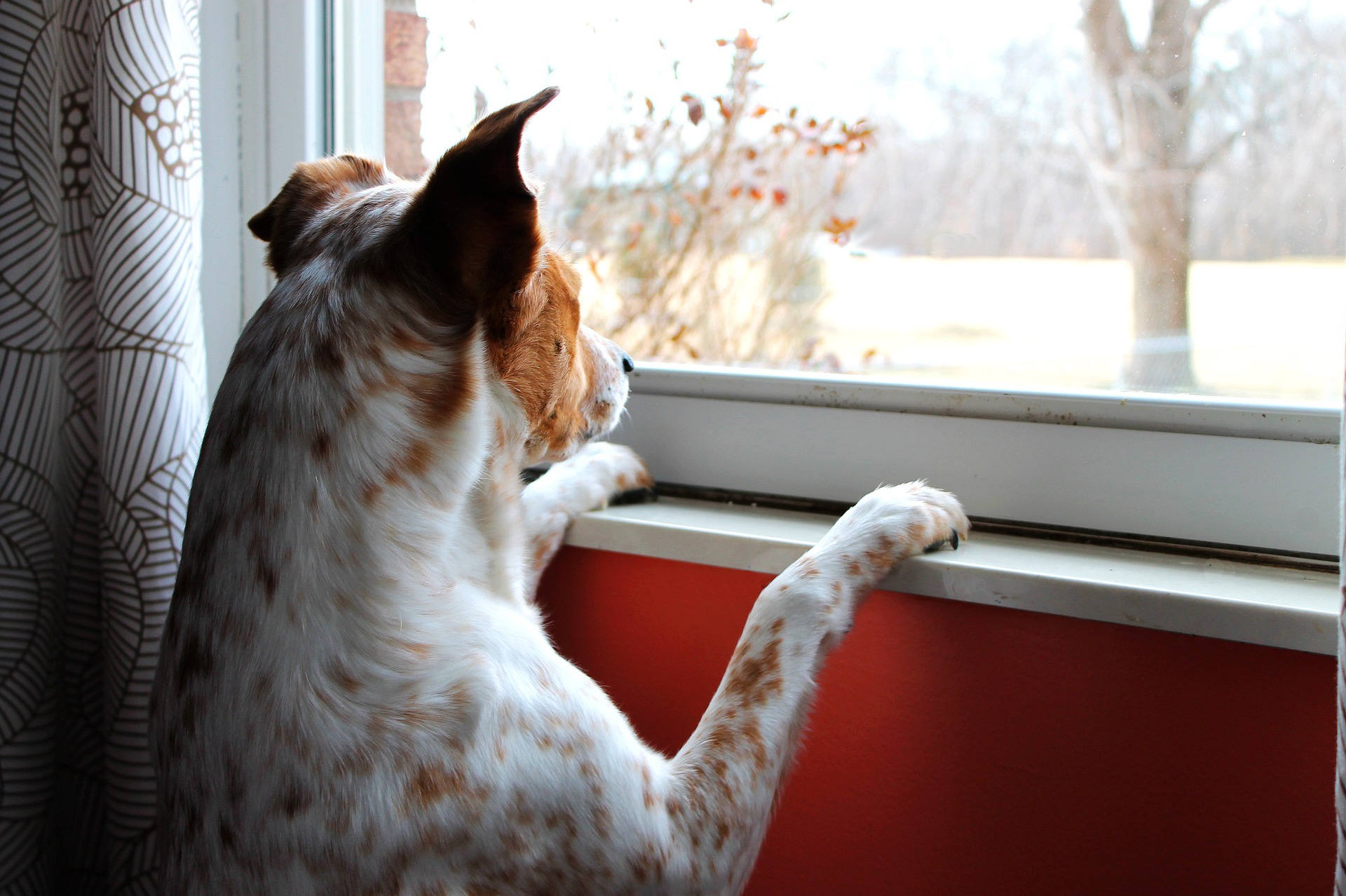We all adore our dogs’ boundless enthusiasm when we return home from a long day at work. It’s a heartwarming part of their charm! However, it can be less endearing when their excitement leads to jumping, clawing or even nipping, causing discomfort.
If your dog tends to jump up, paw at you, or engage in overly enthusiastic behavior upon arriving home, rest assured, you’re not alone. These exuberant canine greeters are standard. Let’s talk about helping them become more well-mannered.
Why Does My Dog Claw at Me More Than Others?
It’s not unusual for this behavior to be more pronounced with one person than another. This has little to do with dominance, as dominance primarily concerns animal resource access, not personality traits. The reasons may vary, such as:
- Your dog may have a solid attachment to one person.
- The person in question might display more excitement upon the dog’s return, creating a feedback loop.
- One person may be better at setting boundaries with the dog.
It’s perfectly fine to be excited to see your dog after work; not everyone has to be a strict disciplinarian. However, we aim to establish a joyful way to greet your dog while encouraging better manners.
Is Your Dog Excessively Bored?
Often, excessive enthusiasm in young dogs stems from boredom during the rest of their day. This is especially common in teenage dogs with loads of energy. If your dog is under-stimulated, addressing this issue will be crucial to solving the over-excited greeting problem.
Consider feeding your dog using puzzle toys and increasing their exercise routine. A morning jog and stimulating puzzle toys can significantly reduce this issue. If affordable, hiring a midday walker or jogger is preferable to daycare, which can sometimes encourage the very behavior we want to decrease.
Prepare Your Dog for Successful Greetings
Dogs that tend to get overly excited when their owners return may benefit from some help calming down. One effective strategy is to set up a baby gate in the entryway, preventing your dog from jumping on you immediately when you open the door.
This extra space allows you to wait until your dog settles down before fully entering your home. Stand calmly on your side of the barrier, patiently waiting for your dog to calm down.
However, if your dog needs to become more familiar with calm behavior, this exercise can be pretty frustrating for both of you. To set yourself up for success:
- Keep a small jar of treats next to your key holder.
- Upon entering your home, wait for your dog to place all four paws on the ground, sit down, or step back from the gate.
- Immediately toss three treats on the ground away from you and the gate. This not only slows your dog down but also directs their focus downward.
- Repeat until your dog becomes less excitable. Try again without the gate.
- Once your dog is calmer, kneel and greet them with affection. Avoid standing up, as this can encourage jumping.
Practicing this routine several times after dinner or before leaving for work is essential to ensure your dog performs well when they’re excited to see you.


Leave A Comment